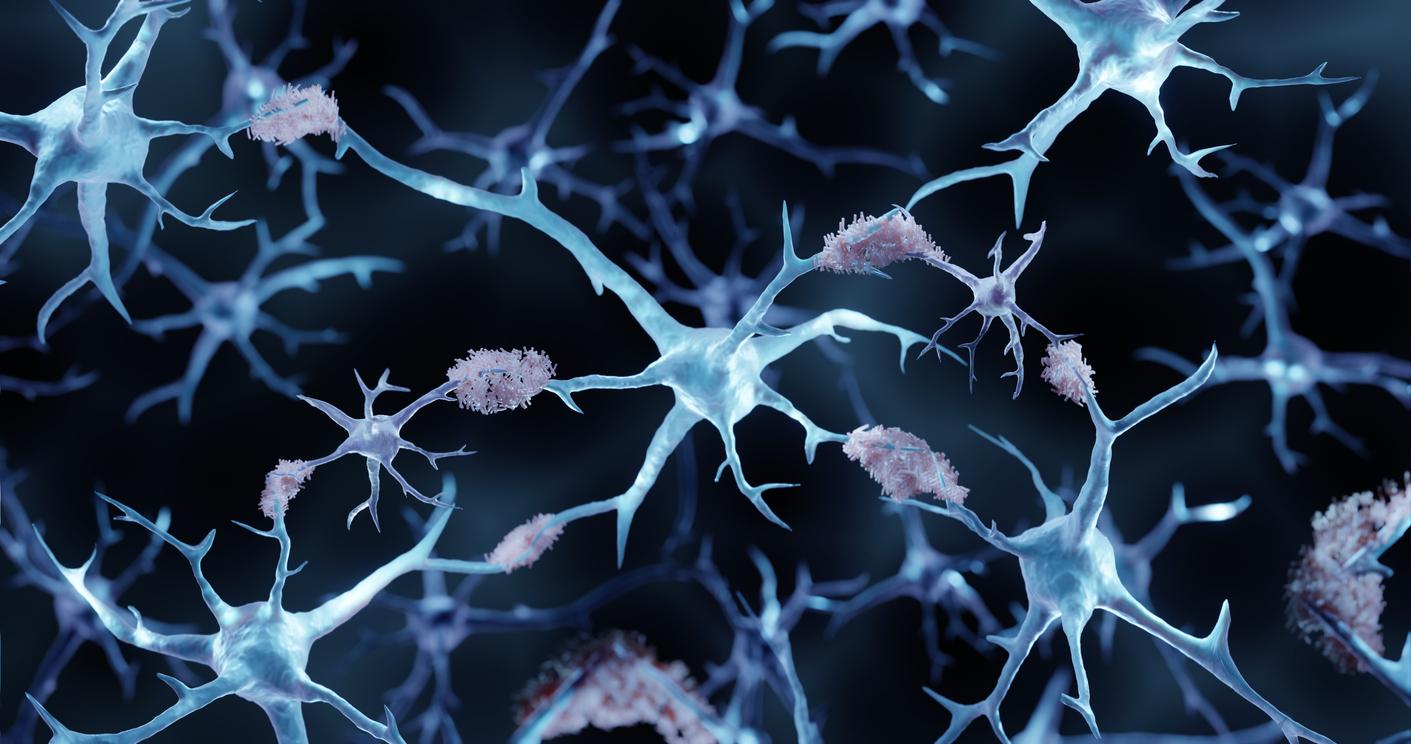A study of English people under the age of 20 found that 27% of young people who died by suicide experienced the stress of exams or other study-related pressures.

What are the reasons that can lead young people to commit the irreparable? British researchers have studied the factors that push this fragile population to suicide. These results published in The Lancet Psychiatry, and relayed by santelog, implicate clues that have been undoubtedly underestimated so far.
This study carried out byManchester University is an analysis carried out on a sample of children and young people under the age of 20 who died by suicide in England between January 1, 2014, and April 30, 2015. During this sixteen-month period, 145 suicides were reported , and for 130 of them, scientists were able to collect data on the victims’ backgrounds.
The end of adolescence, a risky period
They first show that the number of victims increases sharply towards the end of adolescence, with 79 deaths by suicide among people aged 18-19, against 66 among people under 18. 70% were men. And the majority (63%) ended their lives by hanging. In total, the suicide rate (TS) among young people is 4.4 deaths per 100,000.
In common TS factors, the team cite jumbled up: bereavement, relationship problems, depression, long-term physical health problems, (including asthma and acne), family problems, self-harm, bullying, binge drinking and drug use.
Among the most edifying results, we note that 27% of victims had experienced the stress of exams, or other pressures related to their studies. In 54% of the cases, there was a history of self-harm, and in 25% of the cases, the suicide was mentioned by the victim in the week before his death.
Young “suicides” often get information on the Net
In addition, in one in four cases, the young person obtained information via the Internet on the mode of suicide. Almost 6 young “suicides” out of 10 had already had contact with health, social or justice services. What alert the relatives of the victims, underline these experts. These “two clues should encourage relatives and professionals in contact with young people to stay tuned,” they hammer home.
Finally, they point out that in many cases, several risk factors are simultaneously involved. A majority of victims have encountered recent relationship problems or a romantic breakup (58%), an occurrence and expression of suicidal thoughts (57%) and finally a history of self-harm (5%). The diagnosis of mental illness (39%), physical health problems (36%) and the death of a loved one (28%) are also found very regularly, they conclude.
.















